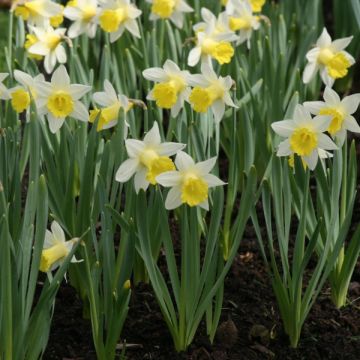

Narcissus papyraceus Paperwhite
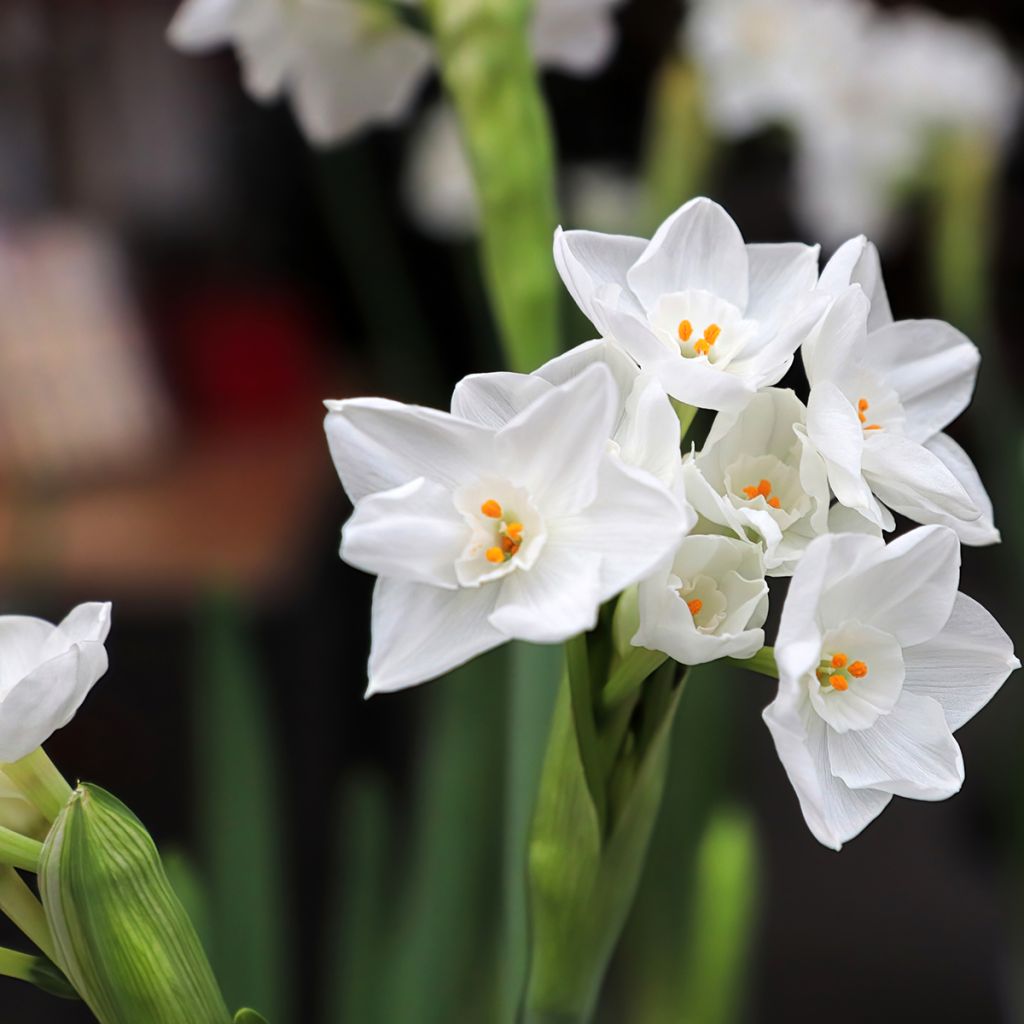

Narcissus papyraceus Paperwhite


Narcissus papyraceus Paperwhite
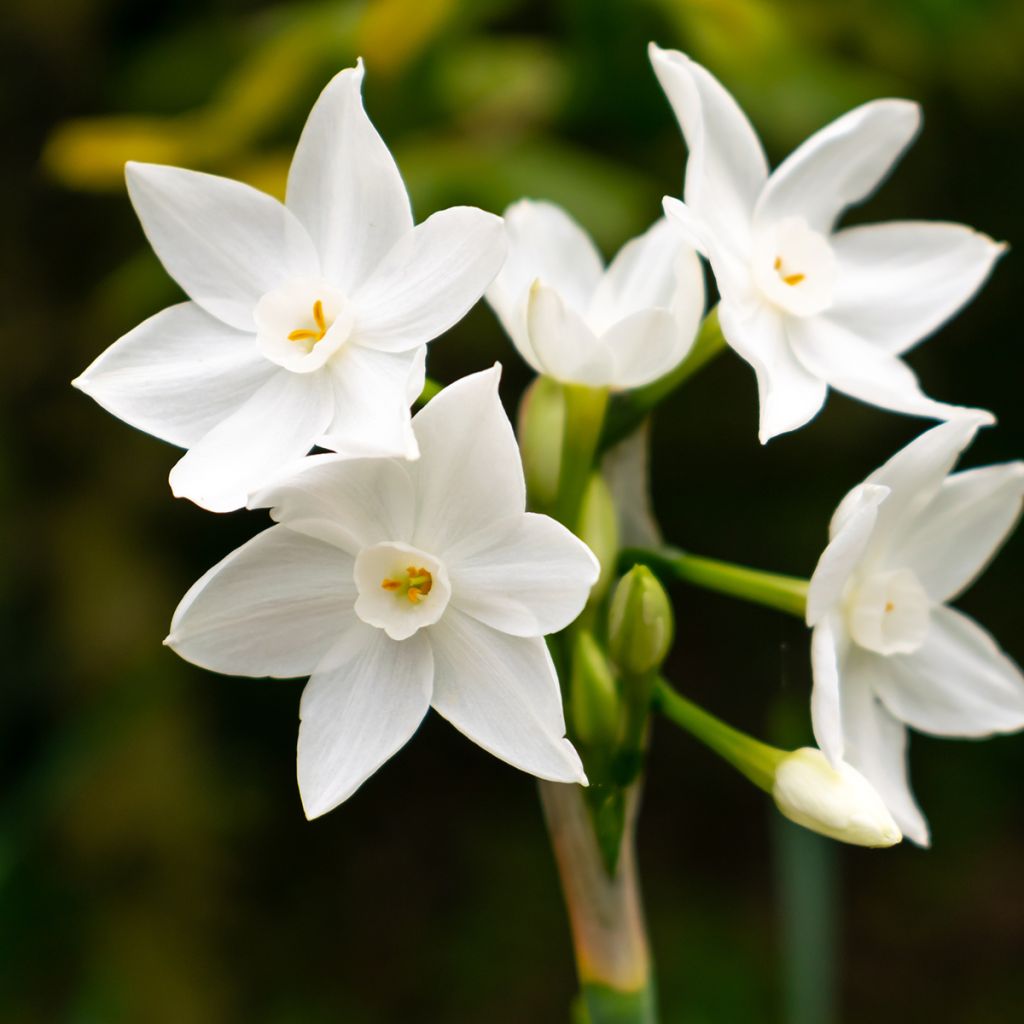

Narcissus papyraceus Paperwhite
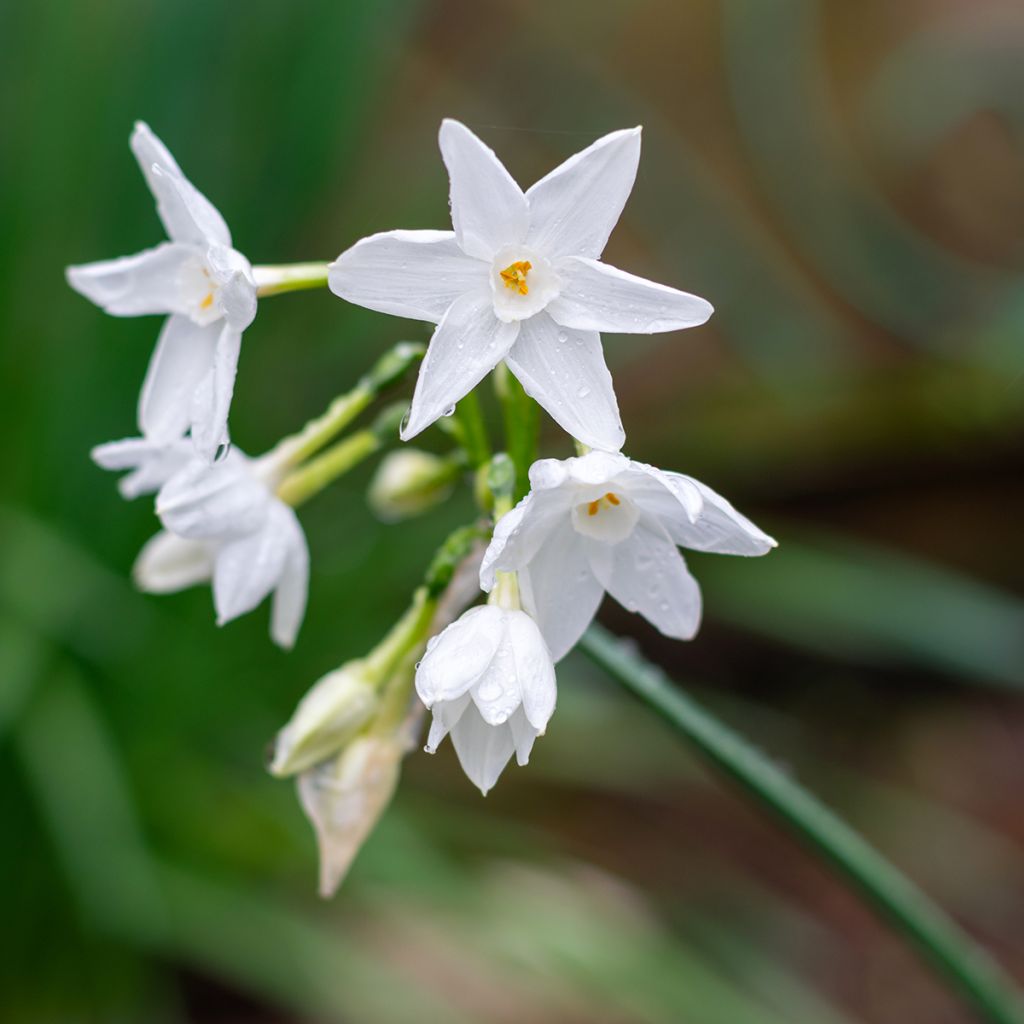

Narcissus papyraceus Paperwhite


Narcissus papyraceus Paperwhite
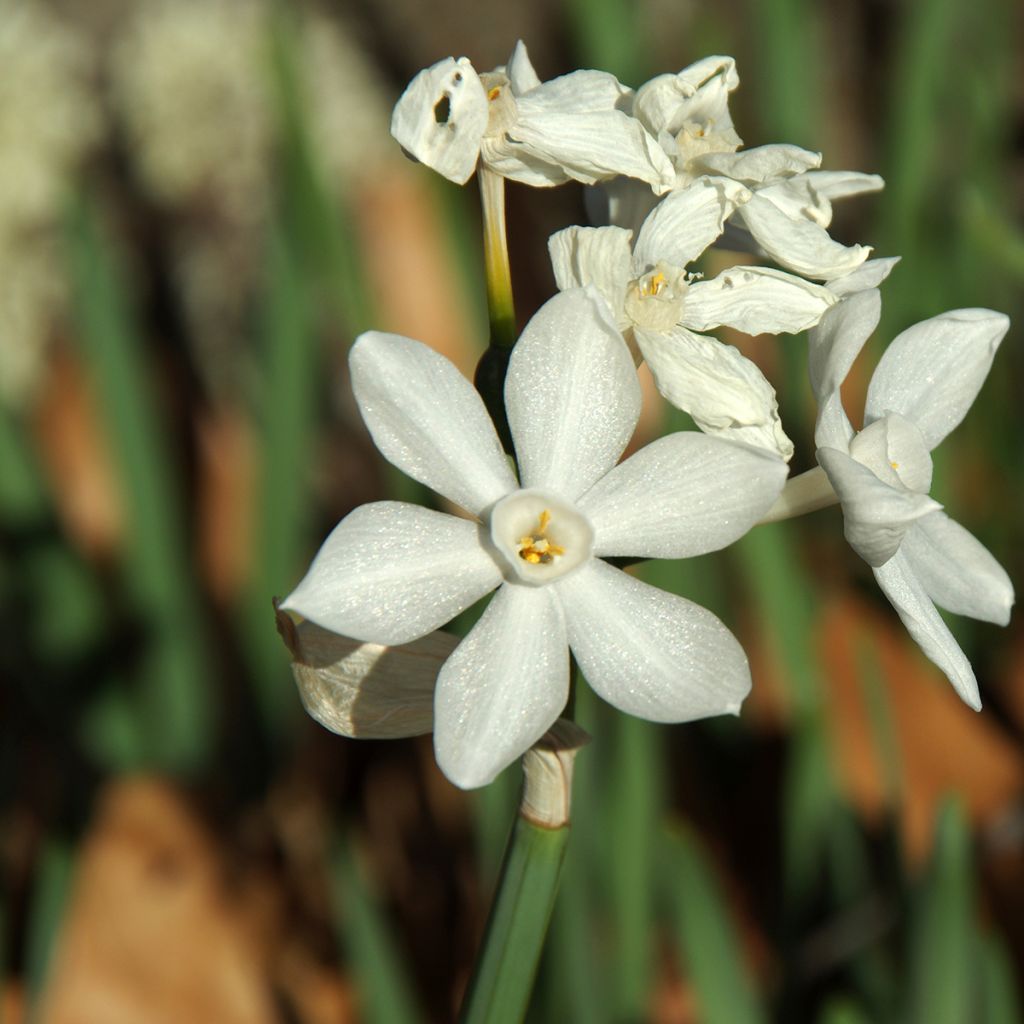

Narcissus papyraceus Paperwhite
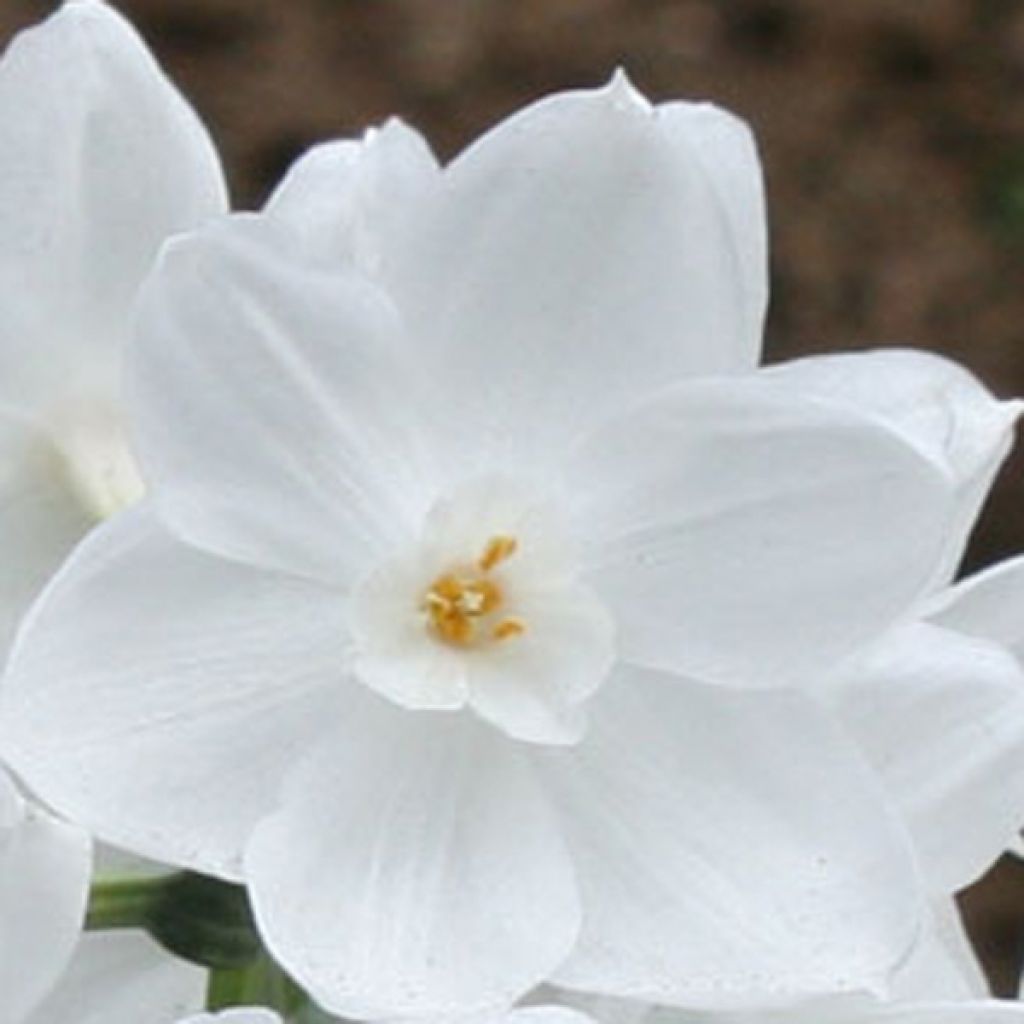

Narcissus papyraceus Paperwhite
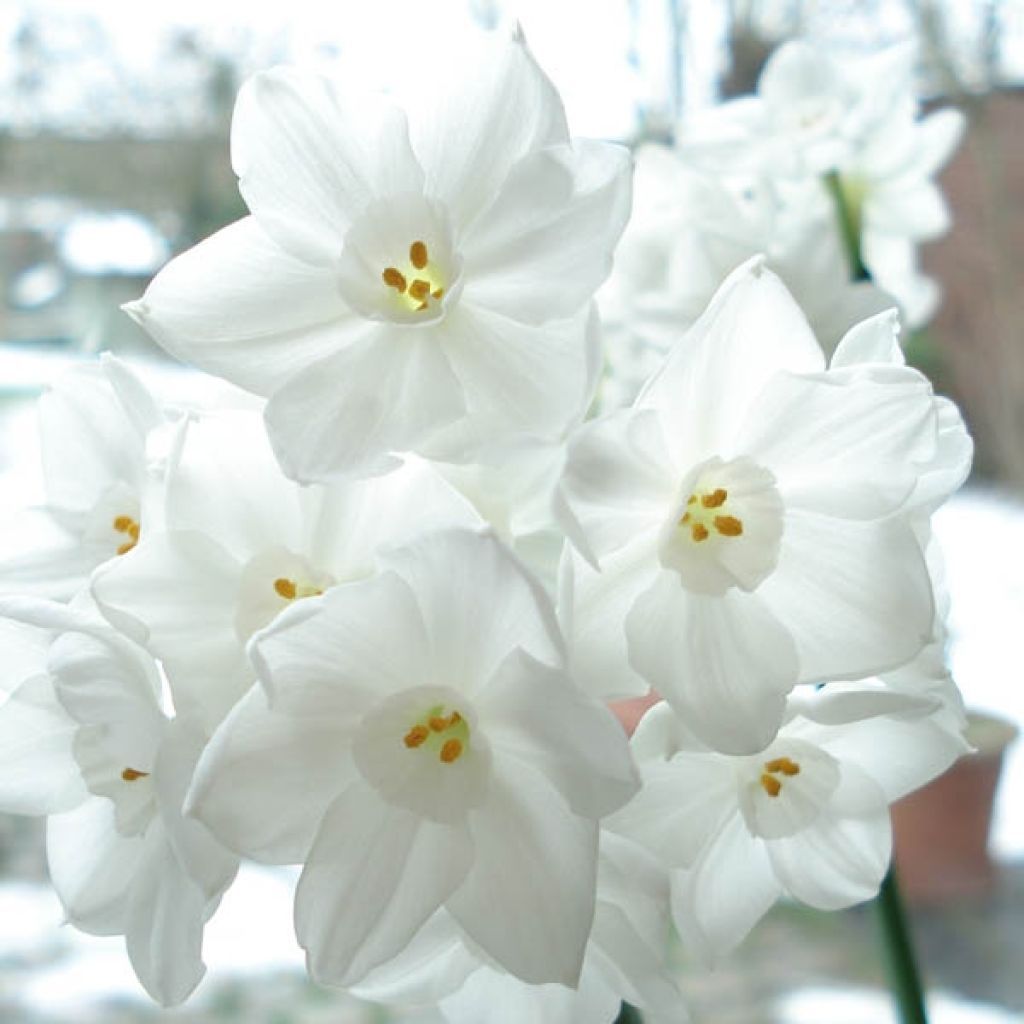

Narcissus papyraceus Paperwhite


Narcissus papyraceus Paperwhite
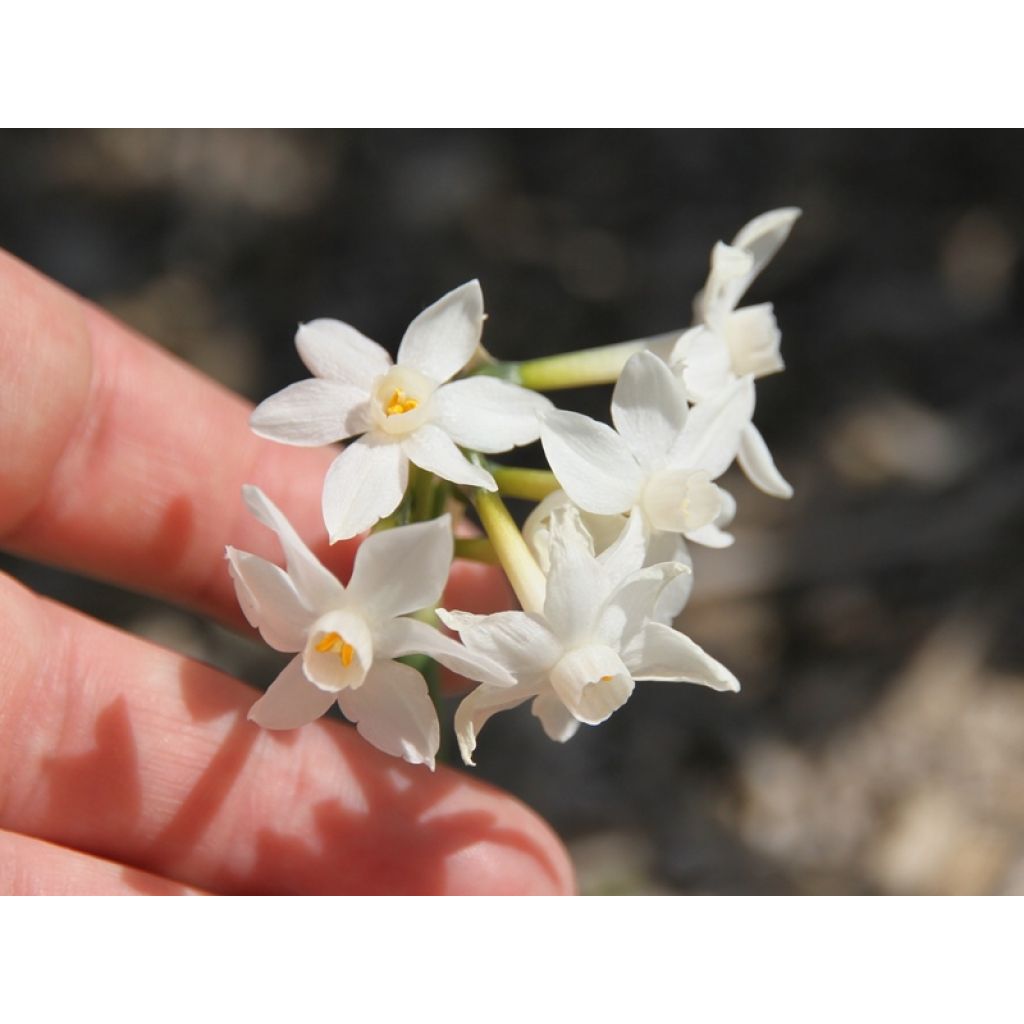

Narcissus papyraceus Paperwhite
View more pictures
Hide images

Elise A.

Elise A. • 51 FR

Elise A.

Elise A. • 51 FR
Narcissus papyraceus Paperwhite
Narcissus papyraceus Paperwhite
Paper-white daffodil
The bulbs are beautiful and healthy.
avi, 14/10/2024
Special offer!
Receive a €20 voucher for any order over €90 (excluding delivery costs, credit notes, and plastic-free options)!
1- Add your favorite plants to your cart.
2- Once you have reached €90, confirm your order (you can even choose the delivery date!).
3- As soon as your order is shipped, you will receive an email containing your voucher code, valid for 3 months (90 days).
Your voucher is unique and can only be used once, for any order with a minimum value of €20, excluding delivery costs.
Can be combined with other current offers, non-divisible and non-refundable.
This plant carries a 6 months recovery warranty
More information
We guarantee the quality of our plants for a full growing cycle, and will replace at our expense any plant that fails to recover under normal climatic and planting conditions.

Would this plant suit my garden?
Set up your Plantfit profile →
Description
Narcissus 'Paperwhite' (Paper White) is the name under which N. papyraceus is sold, or sometimes N. tazetta. It is a Mediterranean botanical species. This bulbous plant boasts a remarkably fragrant white winter flowering. It is characterised by its ability to be forced and grown indoors: potted plants often decorate our tables during the end-of-year holidays. In the Mediterranean region, this charming narcissus is cultivated in open ground where it blooms in February and naturalises over time.
Narcissus belongs to the Amaryllidaceae family. The Narcissus genus includes about 50 species mainly found in Western Mediterranean, but also in Africa and Asia. Narcissus papyraceus is native to the Mediterranean region (Greece, Portugal, Morocco, Algeria, south-east France). In nature, this narcissus grows seasonally in wet meadows, dry lawns, and scrubland. The plant should be kept dry in summer. It starts growing again with the return of autumn rains. It produces upright, linear leaves of a bright green colour. Then it develops a sturdy flowering stem measuring 35 to 40cm (14 to 16in) in height. Each stem bears 6 to 8, or even 12 small-sized flowers with 6 white petals, not exceeding 3.5cm (1in) in diameter. The flowers are highly fragrant. The foliage is deciduous, disappearing a few weeks after flowering, while the bulb goes into dormancy. During this period, the bulbs should remain dry.
There is such a variety of narcissus species that one can enjoy them for three months in spring without ever getting bored. They all have in common the ability to naturalize easily, a love for yellow and white, and often emit sweet fragrances. So many reasons to grow them in large clumps (at least 20 bulbs) for a multiplied effect. In a Mediterranean garden without irrigation, combine 'Paperwhite Narcissus' in natural flower beds or rockeries with anemones blanda, accompany them with , as well as forget-me-nots and small grasses like Stipa. A group of Tazetta Narcissus in a pot placed near the house or even in a poorly heated room will diffuse an exceptional fragrance. They are simply perfect in bouquets.
There are so many daffodil cultivars that one can enjoy them for three months in spring without ever getting tired. They all have in common the ability to naturalise easily, to offer an infinite range of yellow and white shades, and to often emit sweet fragrances. Grow them in large clumps in lawns or at the edge of flower beds (at least 20 bulbs) for an enhanced effect. In a warm climate with a dry garden, plant Narcissus 'Paperwhite' in natural flower beds or rockeries with Anemone blanda, botanical tulips, forget-me-nots, and small grasses like stipa. For a dazzling and fragrant display, plant a group of 'Paperwhite' daffodils in a pot near the house or even in a poorly heated room. Plant 5 bulbs in an 18cm (7in) diameter pot. They are also perfect in bouquets.
Daffodil or Narcissus? Botanically speaking, daffodils are part of the narcissus family. They bear flowers grouped in pairs or more, and their corona forms a longer campanulate trumpet than the corolla is wide. The botanical species have the charm of wild plants and thrive in rockeries: N. bulbocodium, N. canaliculatus, N. juncifolius, N. pseudonarcissus are among the prettiest.
For bouquets, we advise against mixing narcissus with other flowers, especially tulips, as daffodil stems contain a substance that causes other flowers to wilt quickly. This detrimental effect on other flower species can be reduced by dipping the ends of narcissus stems in hot water for 1 to 2 minutes.
Report an error about the product description
Narcissus papyraceus Paperwhite in pictures
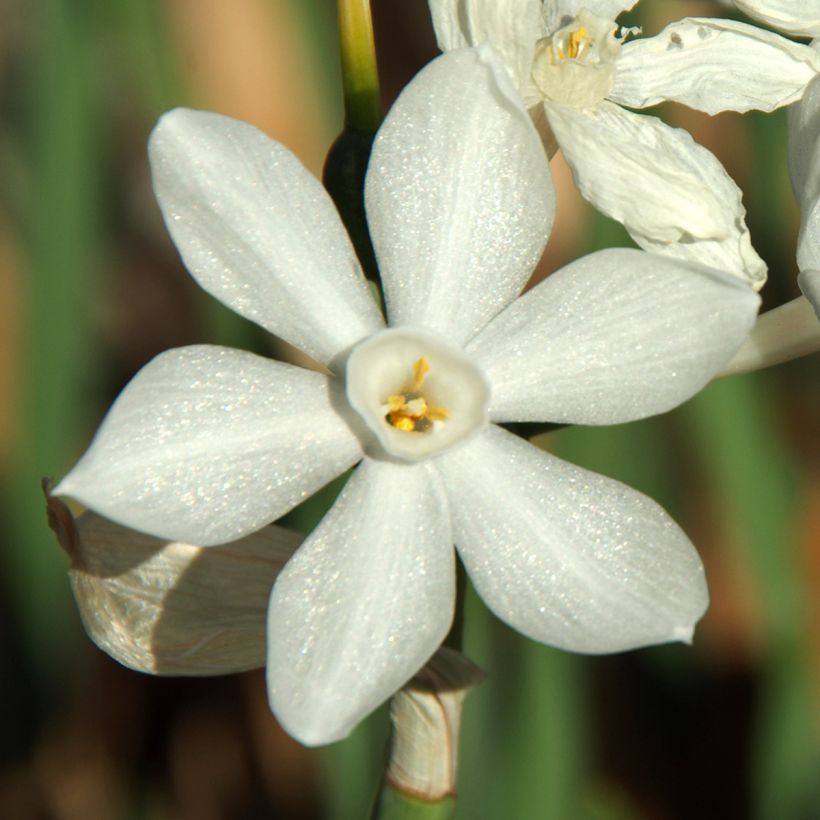

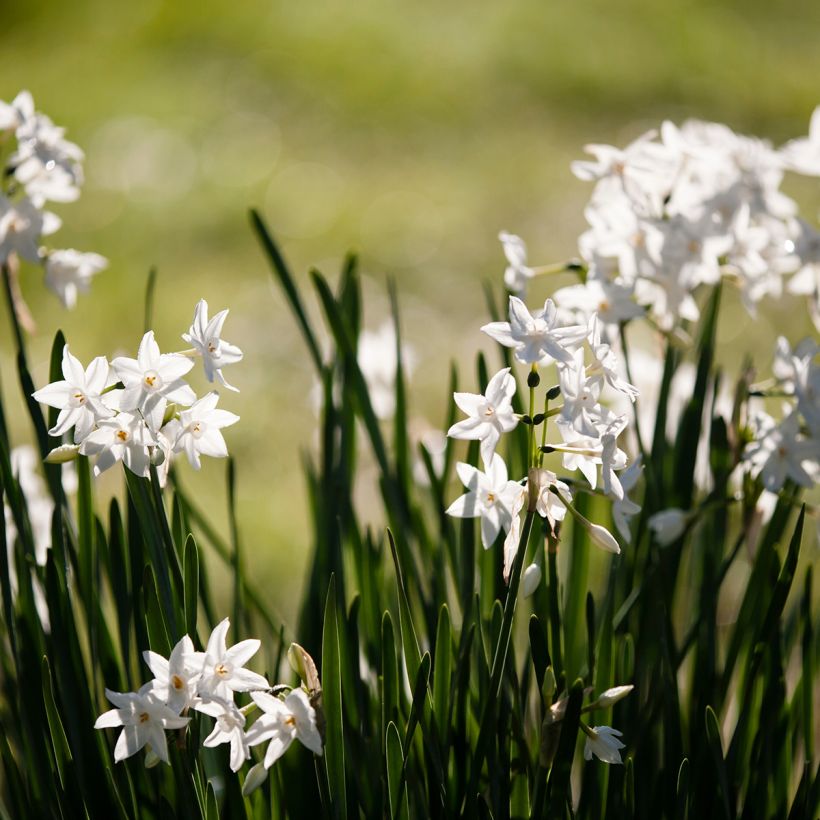

Plant habit
Flowering
Foliage
Botanical data
Narcissus
papyraceus
Paperwhite
Amaryllidaceae
Paper-white daffodil
Mediterranean
Other Single Daffodils
View all →Planting and care
The bulbs can be easily grown at home in a pot. Plant them and wait for 6 weeks. Growing them in open ground is only possible in regions with mild winters and very dry summers. The bulbs need to spend their dormant period in dry soil. They do not require a marked cold period to induce flowering. In nature, their growth and flowering occur in winter. Growing them in pots allows gardeners in other regions to more easily meet their cultivation requirements.
Open ground cultivation
This narcissus is hardy down to -6 to -7°C (21.2 to 19.4°F) at the tip. It grows in any well-drained and loosened soil, even limestone and clay. The soil should be dry in summer. The results are less satisfactory in soils that are too wet or excessively acidic. Plant the bulbs from September to mid-December, at a depth of 15cm (6in), with a spacing of 8cm (3in), in a well-exposed sunny or semi-shady position (at least 3 hours of sunlight per day). Do not disturb them and, each year, your narcissus will produce more and more flowers. You can plant them in the lawn. In this case, lift a patch of turf, and dig and loosen the soil to a depth of at least 20cm (8in) (the height of a spade). Plant your bulbs, cover with soil, and replace the turf. Choose a place where you won't mow, as the leaves must be left to wither before cutting them. It is advisable to water in case of drought during flowering. On the other hand, overly humid summers are detrimental to bulbs, which are at risk of rotting. Narcissus bulbs generally remain in the ground, but they can be dug up once the foliage has turned yellow to protect them from excessive rain in summer. Remove faded flowers to prevent the bulbs exhausting themselves by producing seed. After flowering, let the foliage die naturally and only cut it when it turns yellow.
If the clumps become too dense, they won't produce as many flowers. They can be divided from July to September when the leaves are dry. Replant the bulbs immediately, discarding any damaged ones.
Planting period
Intended location
Care
-
, onOrder confirmed
Reply from on Promesse de fleurs
Haven't found what you were looking for?
Hardiness is the lowest winter temperature a plant can endure without suffering serious damage or even dying. However, hardiness is affected by location (a sheltered area, such as a patio), protection (winter cover) and soil type (hardiness is improved by well-drained soil).

Photo Sharing Terms & Conditions
In order to encourage gardeners to interact and share their experiences, Promesse de fleurs offers various media enabling content to be uploaded onto its Site - in particular via the ‘Photo sharing’ module.
The User agrees to refrain from:
- Posting any content that is illegal, prejudicial, insulting, racist, inciteful to hatred, revisionist, contrary to public decency, that infringes on privacy or on the privacy rights of third parties, in particular the publicity rights of persons and goods, intellectual property rights, or the right to privacy.
- Submitting content on behalf of a third party;
- Impersonate the identity of a third party and/or publish any personal information about a third party;
In general, the User undertakes to refrain from any unethical behaviour.
All Content (in particular text, comments, files, images, photos, videos, creative works, etc.), which may be subject to property or intellectual property rights, image or other private rights, shall remain the property of the User, subject to the limited rights granted by the terms of the licence granted by Promesse de fleurs as stated below. Users are at liberty to publish or not to publish such Content on the Site, notably via the ‘Photo Sharing’ facility, and accept that this Content shall be made public and freely accessible, notably on the Internet.
Users further acknowledge, undertake to have ,and guarantee that they hold all necessary rights and permissions to publish such material on the Site, in particular with regard to the legislation in force pertaining to any privacy, property, intellectual property, image, or contractual rights, or rights of any other nature. By publishing such Content on the Site, Users acknowledge accepting full liability as publishers of the Content within the meaning of the law, and grant Promesse de fleurs, free of charge, an inclusive, worldwide licence for the said Content for the entire duration of its publication, including all reproduction, representation, up/downloading, displaying, performing, transmission, and storage rights.
Users also grant permission for their name to be linked to the Content and accept that this link may not always be made available.
By engaging in posting material, Users consent to their Content becoming automatically accessible on the Internet, in particular on other sites and/or blogs and/or web pages of the Promesse de fleurs site, including in particular social pages and the Promesse de fleurs catalogue.
Users may secure the removal of entrusted content free of charge by issuing a simple request via our contact form.
The flowering period indicated on our website applies to countries and regions located in USDA zone 8 (France, the United Kingdom, Ireland, the Netherlands, etc.)
It will vary according to where you live:
- In zones 9 to 10 (Italy, Spain, Greece, etc.), flowering will occur about 2 to 4 weeks earlier.
- In zones 6 to 7 (Germany, Poland, Slovenia, and lower mountainous regions), flowering will be delayed by 2 to 3 weeks.
- In zone 5 (Central Europe, Scandinavia), blooming will be delayed by 3 to 5 weeks.
In temperate climates, pruning of spring-flowering shrubs (forsythia, spireas, etc.) should be done just after flowering.
Pruning of summer-flowering shrubs (Indian Lilac, Perovskia, etc.) can be done in winter or spring.
In cold regions as well as with frost-sensitive plants, avoid pruning too early when severe frosts may still occur.
The planting period indicated on our website applies to countries and regions located in USDA zone 8 (France, United Kingdom, Ireland, Netherlands).
It will vary according to where you live:
- In Mediterranean zones (Marseille, Madrid, Milan, etc.), autumn and winter are the best planting periods.
- In continental zones (Strasbourg, Munich, Vienna, etc.), delay planting by 2 to 3 weeks in spring and bring it forward by 2 to 4 weeks in autumn.
- In mountainous regions (the Alps, Pyrenees, Carpathians, etc.), it is best to plant in late spring (May-June) or late summer (August-September).
The harvesting period indicated on our website applies to countries and regions in USDA zone 8 (France, England, Ireland, the Netherlands).
In colder areas (Scandinavia, Poland, Austria...) fruit and vegetable harvests are likely to be delayed by 3-4 weeks.
In warmer areas (Italy, Spain, Greece, etc.), harvesting will probably take place earlier, depending on weather conditions.
The sowing periods indicated on our website apply to countries and regions within USDA Zone 8 (France, UK, Ireland, Netherlands).
In colder areas (Scandinavia, Poland, Austria...), delay any outdoor sowing by 3-4 weeks, or sow under glass.
In warmer climes (Italy, Spain, Greece, etc.), bring outdoor sowing forward by a few weeks.






























